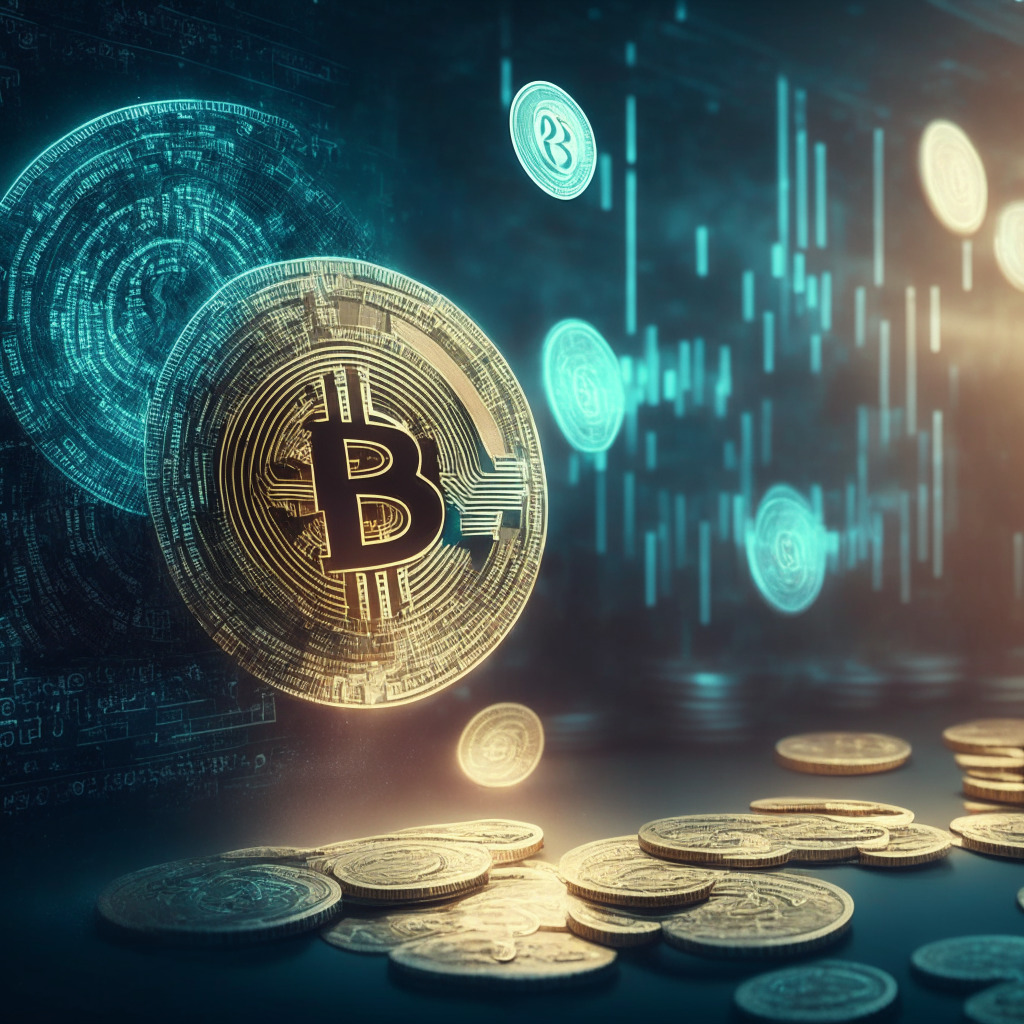Governor of the Bank of England (BOE), Andrew Bailey, recently raised numerous critiques against both cryptocurrencies and stablecoins, suggesting instead a preference for ‘enhanced digital money.’ The notion of ‘enhanced digital money’ transforms digital funds, which are entirely held in IT systems, into a unit that can attach executable actions, i.e., contingent actions in so-called smart contracts.
Bailey’s critique seems to stem from the instability and insecurity perceived in the world of cryptocurrencies, as highlighted by several bank failures earlier this year in Switzerland and the United States. He asserted that both cryptocurrency and stablecoins failed basic tests of ‘singleness’ and ‘settlement finality’, thereby concluding that they cannot be considered money.
However, if digital money is already vulnerable to security breaches, can its ‘enhanced’ version truly offer more safety? Bailey further asserted that the Financial Services and Markets Act would rectify stablecoin regulation.
Bailey seemed to make a distinction between retail Central Bank Digital Currency (CBDC) and a wholesale CBDC. ‘Enhanced digital money’ in the form of a retail CBDC, Bailey believes, could promote singleness by ensuring the public always has the option of fully functional central bank money. Wholesale CBDC, on the other hand, seems unnecessary after upgrades to the Real-Time Gross Settlement system.
However, would the introduction of CBDCs truly ensure consistent singleness? The prospective ‘enhanced digital money’ would need robust systems to prevent security breaches that have plagued various banks and existing cryptocurrencies.
Regardless of his skepticism towards cryptocurrencies, Bailey acknowledges that cash remains a crucial part of our economy, stating that it is ‘here to stay.’ But the question remains, can ‘enhanced digital money’ truly provide a reliable, safe, and convenient alternative to both cash and existing cryptocurrencies or stablecoins? Whether you’re a crypto-skeptic or enthusiast, it seems we’re on the brink of a new age of digital money. The only question is – what will it look like?
Source: Cointelegraph




